Have you ever wondered why some foods are so flavourful and colourful? Why meat turns brown when we cook it (sometimes), and how we can control that reaction? Or how to make mango ravioli, chocolate spaghetti, or a perfectly cooked egg?
These questions, and many others, will be addressed in a new course offered by the Department of Chemistry. In CHM209H: The Chemistry of Molecular Gastronomy, Professor Deborah Zamble will explore the chemistry that underlies the art of cooking and how it affects what we eat, including changes in texture, taste, smell, and appearance.
“Pretty much all of cooking is chemistry in action,” says Zamble. “When we sear a steak, bake muffins, or whip up meringue, we are enacting multiple chemical transformations.”
“In this course, we will focus on cooking techniques and recipes from the modern culinary discipline of molecular gastronomy.”
Molecular gastronomy examines why things happen the way they do in the kitchen, and how they can be manipulated to create interesting and tasty foods.
In CHM209H, students will learn how thermodynamics is critical to cooking the perfect egg, how Maillard reactions change the flavour of grilled meat, how polymer interactions produce different types of gels, and how the chemical structures of molecules in foods affect the way they taste and smell.
“Our mouth and nose contain protein receptors that bind to the different molecules in our food," says Zamble. “And they produce the complex signals to our brains that we know of as flavour. These protein receptors can detect very subtle differences between odorants. For example, the molecules that smell like caraway and spearmint have the same chemical formula, but they are mirror images of each other.”
Zamble says the goal of the course is to show students that the fundamental principles of chemistry apply to the world around us and to demonstrate how they can apply these principles in their daily lives.
“We hope that this exploration of chemistry in food will spark a lifelong appreciation of chemistry in our world, and encourage them to explore and learn more in the future. And in their kitchens!”
The Chemistry of Molecular Gastronomy is intended as a breadth requirement for students in Humanities and Social Science programs. A background in science is not required.


